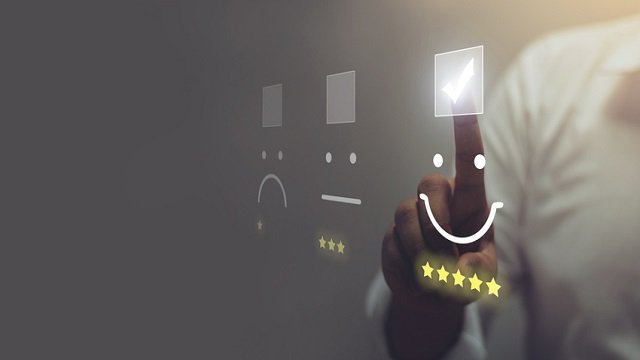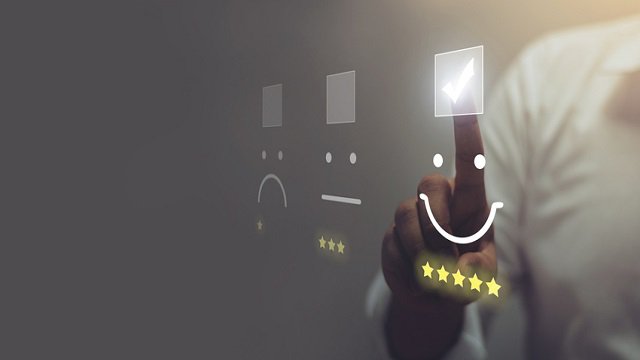COMMENTARY

Photo by iStock.com
By Sheryl McKenzie, vice president, products & capabilities, Alliance Data card services business
Today’s brands know they need to deliver a seamless shopping experience and that consumers expect “frictionless experiences” at every turn. But as new technologies pave the way for faster, easier, and more convenient brand interactions, consumer expectations have never been higher. We’re living in the era of frictionless 2.0, which leaves brands with a lot to gain — and a lot to lose.
Frictionless then and now
When the concept was first embraced by retailers, “frictionless” meant ease and less hassle — quite literally, a “lack of friction.” But as innovations such as mobile wallets, digital receipts, free and fast shipping, and one-click purchasing emerged and began to reshape the consumer shopping experience, the definition began to be reshaped as well. Today, a frictionless experience means more than just less hassle. It means greater speed, personalization, and wow experiences. And it means anticipating — not just meeting — consumers’ needs.
As customers’ definition of a frictionless experience has evolved, they’ve also become a lot less patient when they encounter what they perceive as friction. According to Alliance Data’s recent study, The Rules of NextGen Loyalty, consumers from all generational groups expect great service and an ideal shopping experience, regardless of where they are in their shopping journey. If brands don’t deliver, consumers will take their business elsewhere. In fact, 76 percent of consumers surveyed only give brands two to three chances before they stop shopping with them, and 43 percent cite a poor experience as their top reason to leave a brand behind for good. Simply put, consumers who encounter friction will run the other way fast, and second chances don’t come easily.
The frictionless frontier of tomorrow starts today
To win on the evolved frictionless frontier, brands need to create experiences that stay one step ahead of the consumer. For example, a consistent brand experience in all channels — or an omnichannel approach — is now table stakes, and it’s not enough. In fact, unified commerce — the full integration of data and platform on a brand’s back end that enables completely seamless customer experiences between channels — is now the expectation.
But what’s next? Brands need to ask themselves what consumers will see as friction tomorrow that they might not see today. For example, Alliance Data’s Now, New, Next 2019 retail trends report, which explores upcoming retail trends, spotlights advanced data personalization strategies that remove friction by anticipating consumers’ personal fashion preferences. For instance, online custom menswear company Eison Triple Thread uses a personalized quiz and the shopper’s Spotify listening habits to design made-to-order menswear looks.
Social shopping also offers technologies that may be integral to the future of frictionless. Brands who are embracing social media’s commerce-enabling features may be on the cusp of a revolution that allows consumers to move more seamlessly from inspiration and discovery to purchase. Along these lines, Michael Kors became the first brand to test augmented reality-enabled ads within Facebook’s News Feed. Mobile device users can use the augmented reality feature to try on a pair of sunglasses, for example, and then tap “Shop Now” to purchase on the brand’s e-commerce site. Will customers soon be disappointed by e-commerce brands that don’t offer a ‘try it on’ feature?
Data-driven decisioning (through artificial intelligence) may also prove to be a key part of the next generation of frictionless experiences, paving the way for brands to create truly relevant consumer journeys. Nail polish brand OPI, for example, uses search behavior, social media insight, and Amazon integration to identify whether someone is a general customer or a professional nail technician — then automatically adapts their website accordingly. Will customers soon be frustrated by a web experience that isn’t tailored based on whether they’re shopping for business or pleasure?
These are just a few examples of brands that have embraced a new definition of frictionless — recognizing that it’s no longer about simply removing friction, but about ‘wow’ experiences that transform the shopping experience and take the journey to the next level.
At least in spirit, these innovations represent the future status quo, and the future is coming fast. As shifts both small and large create new standards for retail, what satisfied or even impressed customers last year may not do the trick next year. Brands who make investments in technology, data-driven insights, and big-picture thinking will have what it takes to win in the frictionless 2.0 landscape — as long as they’re ready to get in the game.
Topics: Consumer Behavior, Customer Experience, Customer Service
Sponsored Links:

